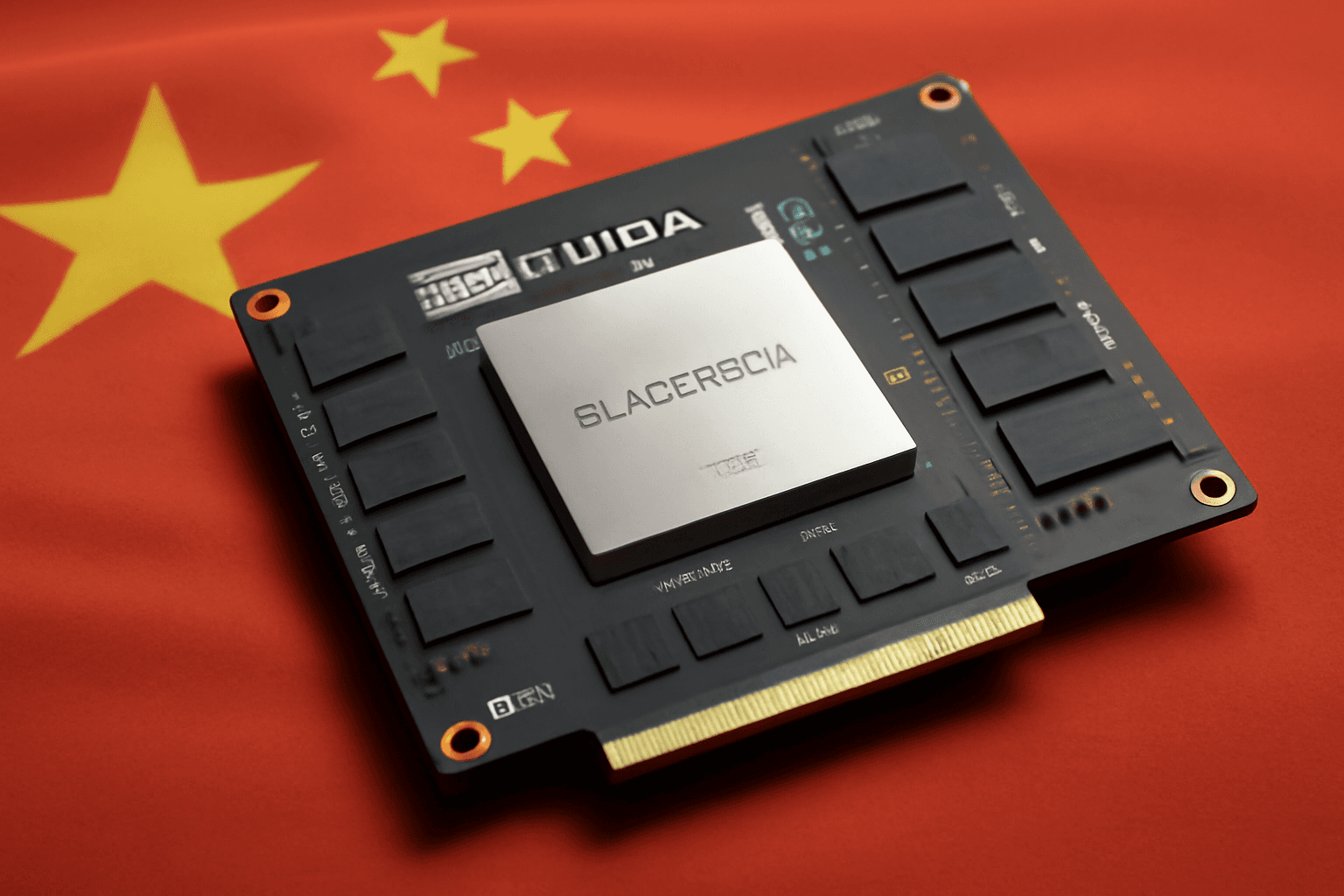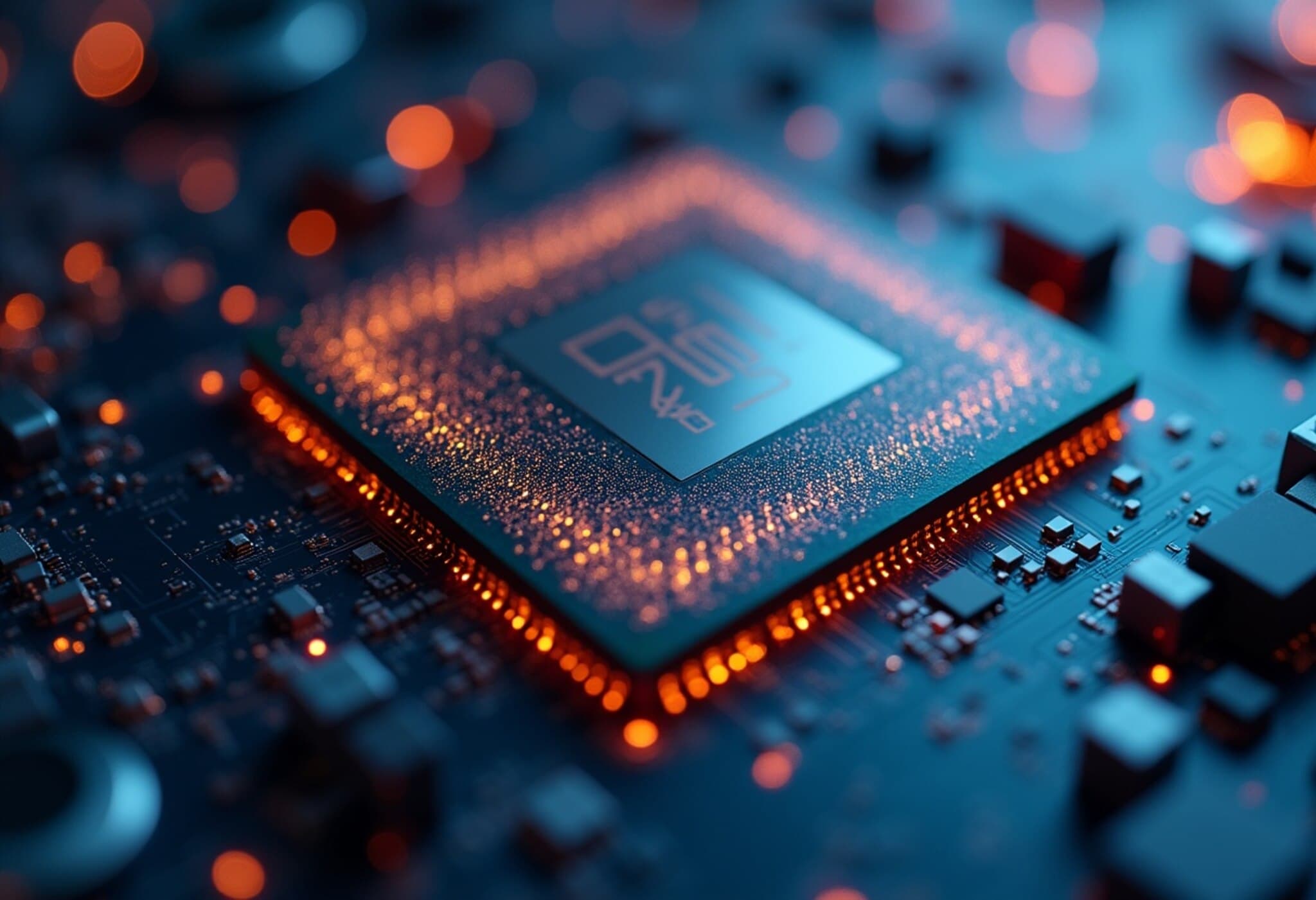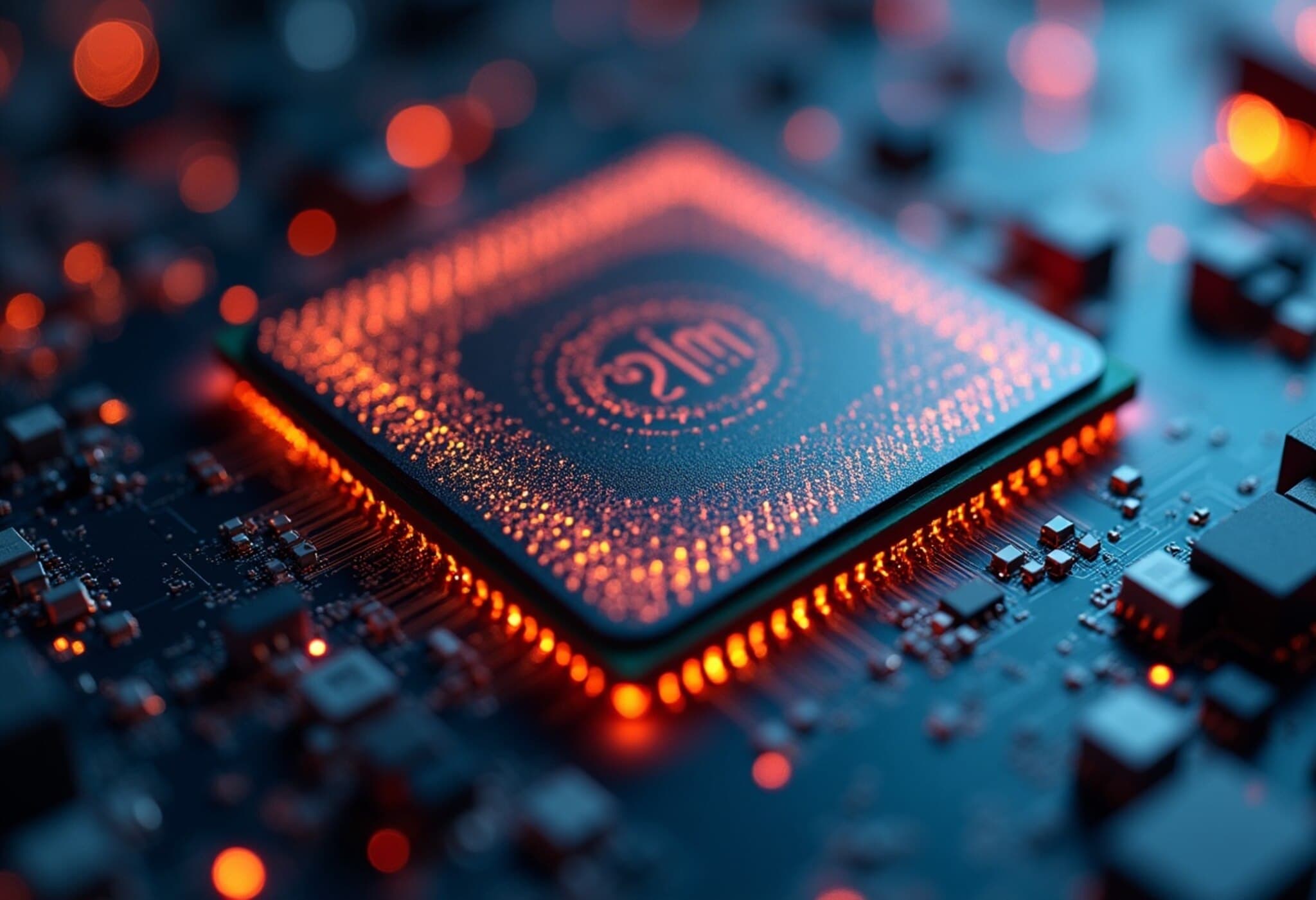Foxconn’s Q2 Profit Surges on Booming AI Server Demand
In a striking demonstration of the tech industry's pivot toward artificial intelligence, Taiwan’s Foxconn, the world’s largest contract electronics manufacturer and Apple’s key iPhone assembler, has announced a 27% jump in operating profit for the second quarter of 2025. The surge, fueled primarily by its expanding AI server segment, notably exceeded market expectations, signaling a significant shift in the company’s business model.
Robust Financial Performance Beats Analyst Forecasts
Foxconn reported a net profit of NT$44.36 billion (approximately $1.49 billion), outperforming the LSEG SmartEstimates consensus of NT$38.81 billion. The company’s revenue also hit NT$1.79 trillion ($59.73 billion), reflecting a 16% increase year-over-year and aligning closely with analyst projections.
Operating profit climbed to NT$56.60 billion, surpassing forecasts of NT$49.77 billion — a clear indicator that Foxconn’s strategic shift into AI-related manufacturing is paying off.
The AI Server Business: A New Growth Engine
Traditionally known for consumer electronics manufacturing, especially Apple iPhones, Foxconn is making a strategic pivot toward AI infrastructure. This quarter, 41% of Foxconn's revenue stemmed from AI server products, overtaking the 35% generated by their smart consumer electronics division for the first time.
These AI server products, including advanced server racks optimized for AI workloads, are central to Foxconn’s partnership with leading American AI chipmakers. The company forecasts a spectacular 170% year-over-year revenue growth in this segment for the third quarter, positioning Foxconn as a vital player in the global AI hardware ecosystem.
Strategic Expansions and Global Challenges
Foxconn is not resting on its laurels. In late July, the company announced a strategic investment in TECO Electric & Machinery, a major industrial motor manufacturer, to bolster AI data center development. This move reflects Foxconn’s broader ambition to diversify beyond traditional electronics assembly, targeting emerging sectors including electric vehicle production and semiconductor manufacturing.
Geopolitical and Economic Headwinds
However, the company’s growth trajectory faces potential risks amid shifting geopolitical landscapes. The U.S.-China trade tensions, particularly the tariffs imposed by the Trump administration and continued trade uncertainties, represent looming headwinds. Notably, Foxconn has relocated a significant portion of its final iPhone assembly for the U.S. market to India, a strategic response to tariff threats.
Additionally, Taiwan’s own exposure to a 20% U.S. tariff underscores the vulnerability of Foxconn’s supply chain and manufacturing footprint to global trade policies. As Foxconn navigates these complexities, the evolving global political and economic conditions remain a critical factor to watch for market stakeholders.
What This Means for the Tech and Investment Community
- AI hardware is reshaping manufacturing giants: Foxconn’s transition from consumer goods to AI infrastructure underscores the growing importance of server and data center hardware in global tech supply chains.
- Geopolitical risk is increasingly linked to corporate strategy: Foxconn’s supply chain shifts reflect how trade policies influence not just costs, but long-term industry direction.
- Diversification as a survival strategy: The company’s investments in EV assembly and semiconductors highlight a desire to hedge against volatility in consumer electronics demand.
Editor’s Note
Foxconn’s impressive Q2 earnings spotlight the transformative impact of AI on global manufacturing. Yet, this success story also raises critical questions: Can Foxconn continue to stay ahead amidst intensifying geopolitical pressures? Will its push into AI infrastructure and electric vehicles redefine Taiwanese manufacturing on the world stage? For investors and policymakers alike, Foxconn’s journey offers a vital case study in agility and innovation against a complex geopolitical backdrop.



















